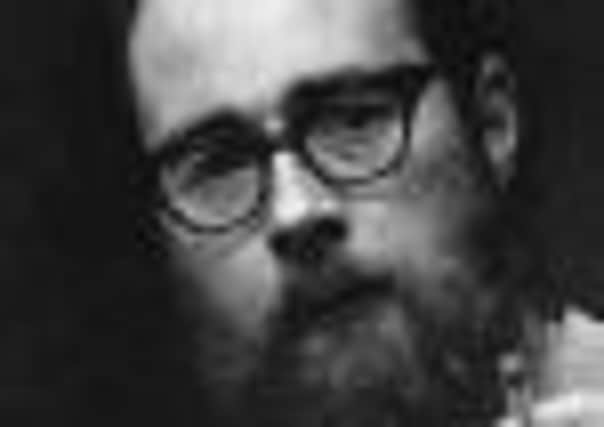Obituary: Stuart MacGregor. journalist.


Stuart MacGregor possessed two traits that undoubtedly helped him to succeed in journalism: he loved people and he loved the craic.
In fact, he enjoyed the latter so much that, after retiring from newspapers, he took a job in an Irish fish factory, as much for the banter as anything else.
Advertisement
Hide AdAdvertisement
Hide AdHe could talk to anyone, and frequently did, striking up conversations in the pub with strangers while using his talents as an amateur artist to engrave their image on one of the hostelry’s glasses – a trick that did not always meet with the approval of the bar staff.
His career had been a toss-up between art and journalism. He chose to go into newspapers as it guaranteed a pay packet but he retained an interest in various art forms, channelling some of his creativity into photography and working on the picture desk of The Scotsman for many years.
Born George Stuart McGregor – he was always known as Stuart and took it upon himself to change McGregor to MacGregor – he grew up in Boswell and was educated at Daniel Stewart’s College where he learned to play the bagpipes and rugby, giving up the sport, he said, when he discovered Woodbines and girls.
At 17, having decided against going to art college, he opted for journalism and joined The Scotsman as an editorial trainee in 1955. The following year he met his future wife Betty, while attending Torphichen Street College during his training.
He went off to do his national service in 1958, spending his first six months in the army at Catterick before being posted to Fontainebleau, near Paris, with the Royal Signals. There he learned French and made lifelong friends.
Returning to Edinburgh and The Scotsman, in 1961 he married Betty, with whom he had five children. He worked on the paper’s picture desk, as a deputy picture editor, for most of the 1960s before turning his hand to subbing.
Among the major stories that went through his hands were the assassination of John F Kennedy and the Blood Sunday killings in Northern Ireland almost a decade later.
He was a sub-editor from the 1970s until a round of redundancies was announced in 1995. Having spent his whole career at the paper, he took the opportunity to become a freelance writer, contributing articles to The Scotsman Magazine on a range of subjects until 1998.
Advertisement
Hide AdAdvertisement
Hide AdBy that time he and Betty had bought a house in Donegal on the west coast of Ireland, where they had previously holidayed, and decided to move there permanently.
That led to a complete change of working environment when he took a part-time job at the local fish factory, more for the craic than anything – a reflection of his gregarious nature.
Although he had not pursued art as a career, it continued to play a large part in his life. He loved photography and collected old cameras. He did etching and glass engraving, carrying his engraving tool in his pocket, and was interested in printmaking.
He always had a sketchbook in his hand, ready to draw his children or find the character in a fellow pub-goer’s face.
He crafted model heads for walking sticks and sgian dubh handles and had carved the wooden fish sign above the door of Edinburgh’s Jackson’s Restaurant – replacing it with a larger sign when the original was stolen.
He also wrote poems, enjoyed all kinds of music and played the penny whistle in addition to the bagpipes.
“He was a sociable man, witty and he loved people,” said his daughter Angela. “He loved his job and don’t think he would have considered doing anything else. He just liked hearing other people’s stories about their lives and he shared his stories.”
He is survived by his wife Betty, their children Anna, Angela, Antony, Claire and Victoria, and extended family, his brothers Colin and Keith and sister Lorna.
His funeral takes place at Warriston Crematorium, Lorimer Chapel, in Edinburgh at 2pm today, and all are welcome.
ALISON SHAW